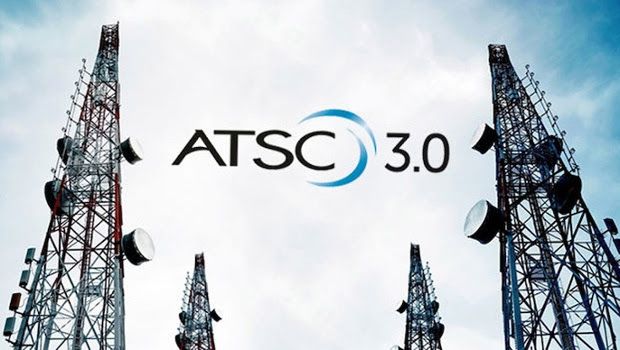
WASHINGTON—As concerns grow over the educational problems created by the lack of internet access among many students, the NAB, Howard University Middle School of Mathematics and Science, and Fincons Group have demonstrated a prototype showing how ATSC 3.0 signals could be used for remote learning, providing students with educational materials via their television screens without relying on broadband access.
The effort is notable because it could help create more equitable educational opportunities for students who have been hurt by their lack of broadband access, a longstanding problem that received widespread attention when the pandemic forced schools to close their doors and focus on remote learning.
"What became incredibly apparent since the start of this pandemic is that so many children are simply not receiving equitable resources for their home learning needs,” said Kathryn Procope, head of school at Howard University Middle School of Mathematics and Science.
In an introduction to the demo, Sam Matheny, executive vice president and chief technology officer at the National Association of Broadcasters noted that much of the discussion around ATSC 3.0 had concerned better picture quality or interactivity. But NextGen TV also offers datacasting capabilities that could be used to deliver a wide variety of services, including education.
Because ATSC 3.0 uses IP, Matheny noted that stations can be configured to transmit IP data streams. This could include any type of data, but in this case, the station would take the educational materials from the school via broadband.
This data was then combined with audio and video using the Triveni SkyScraper Data Broadcasting system, Matheny explained.
The ATSC 3.0 broadcast was received in the home by a separate receiver from Sony that is plugged into an NVIDIA Shield. This allows the data to be stored locally so the student can have access to it.
Oliver Botti, strategic marketing and innovation executive director, at the business consultancy Fincons Group then showed a demonstration of the fully featured distance learning application developed in conjunction with the NAB and Howard University.
In the demo, Botti showed how the application would allow “students to easily follow their lessons, fulfill their course works and complete homework assignments.”
He also showed how students could use the system to listen to teachers explaining various concepts, to submit their assignments and even take tests to measure their progress.
The system did not require broadband access but did use a smartphone to send back homework and other signals.
The panelists stressed that the educational and datacasting applications could have wider usage beyond remote learning during the pandemic.
“This prototype application for educational equity could go beyond the pandemic,” added Procope. “It could provide extra learning resources to students who may require additional support once they have returned to the classroom."
Sean Plater, general manager at WHUR and acting general manager at WHUT Howards Media Properties, also said that "datacasting is an applicable feature of Next Gen TV, and we are very excited about what opportunities exist going forward….This goes way beyond providing great content. It's about creating applications and use cases that make a real difference, not just at the middle school level but across education generally."
Beyond education, Botti noted that NextGen TV could be important for “hyperlocal news, weather forecasting, emergency alerting or other data-driven personalized services." .
A complete recording of the session can be found on the NAB Amplify website, where it will be available for 60 days. The prototype application will also be demonstrated at the NAB Show in Las Vegas this October 9-13.
"Demo" - Google News
June 26, 2021 at 02:05AM
https://ift.tt/3jaf3Ye
NextGen TV: Demo Highlights the Educational Potential of 3.0 - TV Technology
"Demo" - Google News
https://ift.tt/35q1UQ2
https://ift.tt/2Wis8la

No comments:
Post a Comment